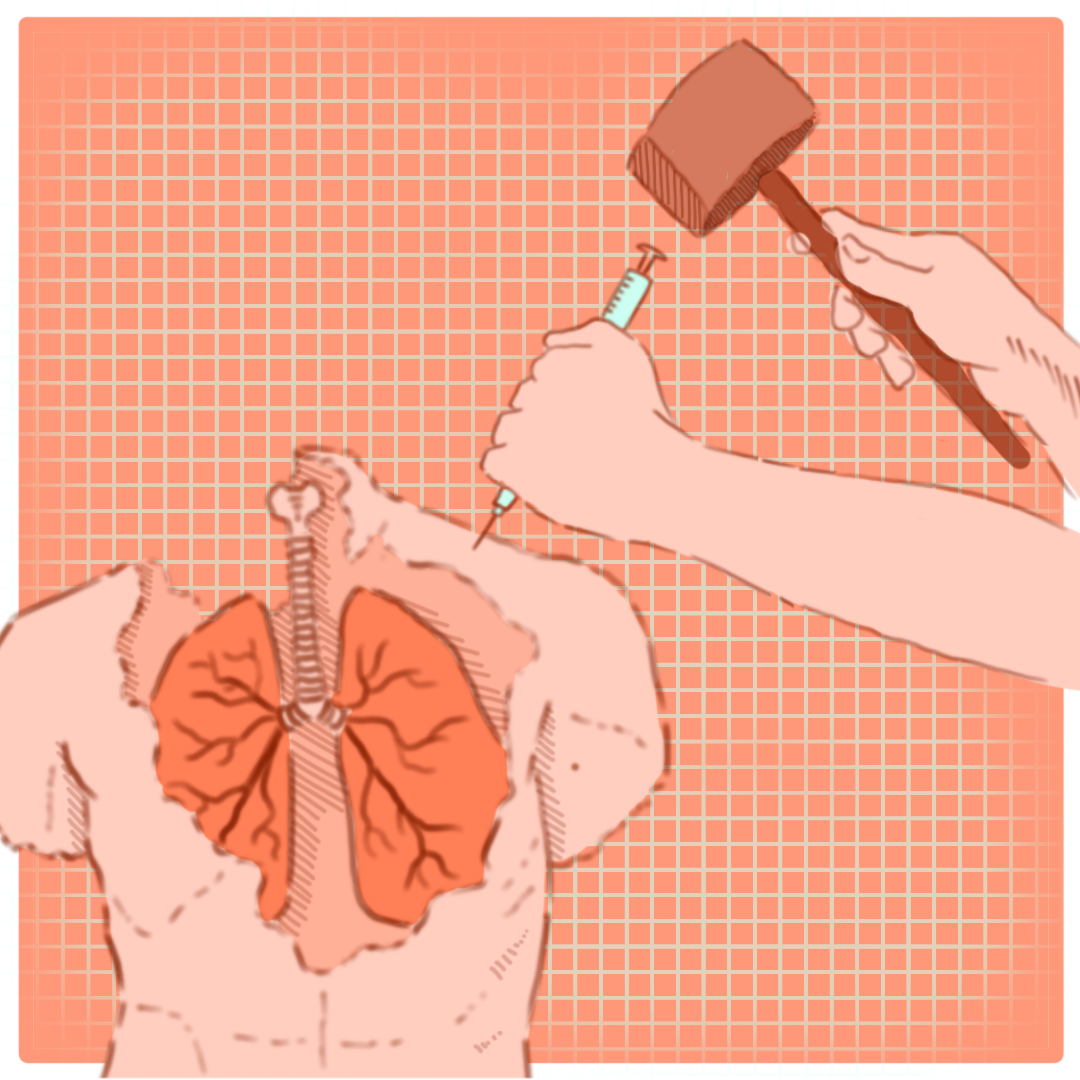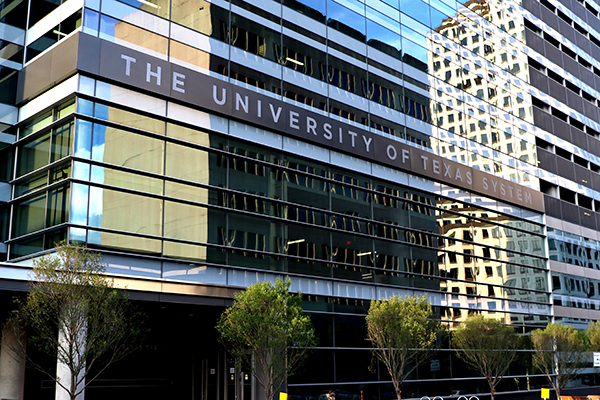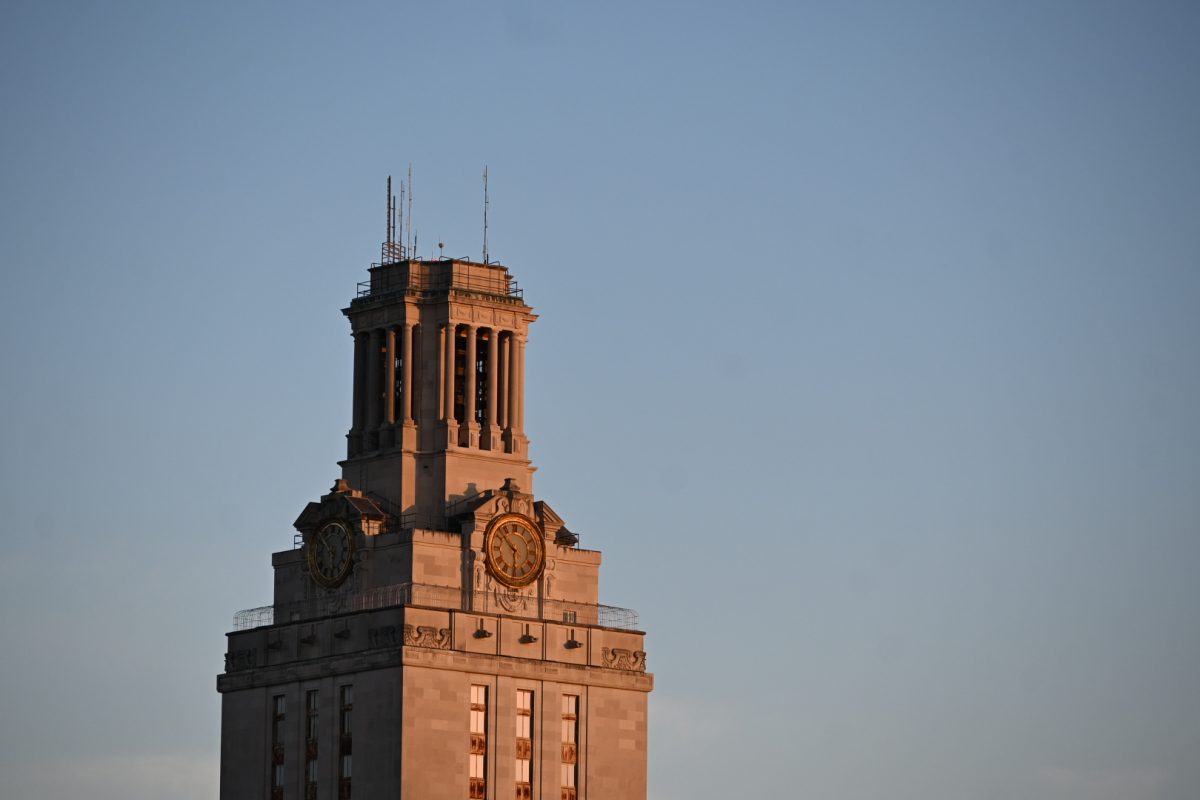Although UT has compensated for state appropriation cuts by increasing tuition and implementing internal reductions, the University’s self-supporting entities have increased their budgets in the last few years while paying millions of dollars into the academic budget.
University operations that generate external income are considered self-supported, and come from two sources: auxillary enterprises and other entities. Auxiliary enterprises include Intercollegiate Athletics, the Division of Housing and Food Service and the Frank Erwin Center. Other entities include KUT Radio and the McDonald Observatory. The self-supporting portion of the University budget for the 2012-2013 fiscal year is $386 million, or 16 percent of UT’s $2.3 billion total budget. Most of the self-supporting portion of the budget comes from auxiliary enterprises, which total $281 million, a figure that has steadily increased for the past decade.
Kevin Hegarty, vice president and chief financial officer, said auxiliary enterprises play a vital role in maintaining the University’s financial budget by paying into the University’s academic budget despite the fact they don’t receive tuition dollars.
Auxiliary enterprises are required to contribute 3.25 percent of their gross revenue to reimburse the University for administrative services, including accounting, human resources and legal services. They are also required to contribute any income from investments.
“The thought is that we benefit from them and they benefit from us aside from the back-office operations we provide,” Hegarty said. “These auxiliary activities contribute to campus in many different ways, so we incentivize them to go out there and do their best.”
Hegarty said the University began collecting 3.25 percent contributions and investment income in 2008 to offset reductions to other areas of the University’s academic budget.
Intercollegiate Athletics, the University’s largest auxiliary enterprise, makes up $137 million of the budget — a $56 million increase since 2006, including a $23 million increase in 2011 after the launch of the Longhorn Network.
The athletics department usually contributes between $15 million and $20 million to the University’s academic budget each year, including revenue from trademarks sales and the Longhorn Network, Hegarty said.
The University also has access to all profits from the AT&T Executive Education and Conference Center, the University’s third-largest auxiliary enterprise, Hegarty said.
“We sit down and decide what amount we want to set aside for future capital and renovation,” Hegarty said. “The rest goes to the University’s academic budget and the McCombs School of Business.”
The Division of Housing and Food Services is the University’s second-largest auxiliary enterprise, and its budget has increased $16 million since 2006. Hegarty said the division usually contributes $1 million to the academic budget every year.
The division’s budget increase comes from room and board rate increases in recent years, Heather Pruitt, assistant director of financial services for the division, said.
Room and board rates have consistently increased for the last 11 years, including a 2.5 percent increase this year and an average 3.9 percent increase annually, according to figures obtained from Pruitt.
“The cost of labor and cost of food has gone up, and we have been investing in renovation projects with all expenses coming from our revenue,” she said. “At any given time, we have around 1,000 employees, and we pay all salaries including those of administrators.”
As the upcoming state legislative session approaches, Hegarty said the University will continue to look for ways every business affiliated with UT, including auxiliary enterprises, can contribute to the academic budget in the event of funding cuts from the state. During the last legislative sesion, the University faced a $92 million decrease in state funds. State general revenue makes up 13 percent of UT’s $2.3 billion annual operating budget.
Printed on Thursday, October 18, 2012 as: Self-supporting entities assist funding




















